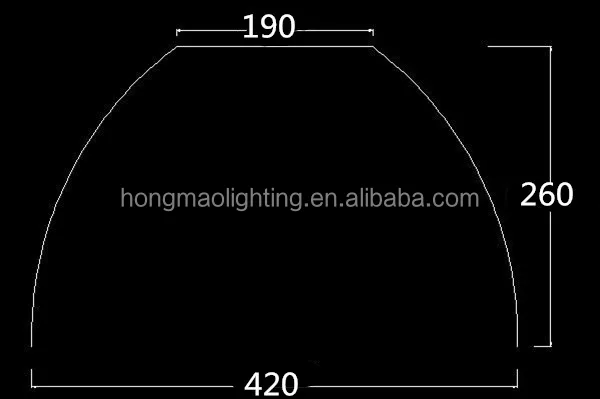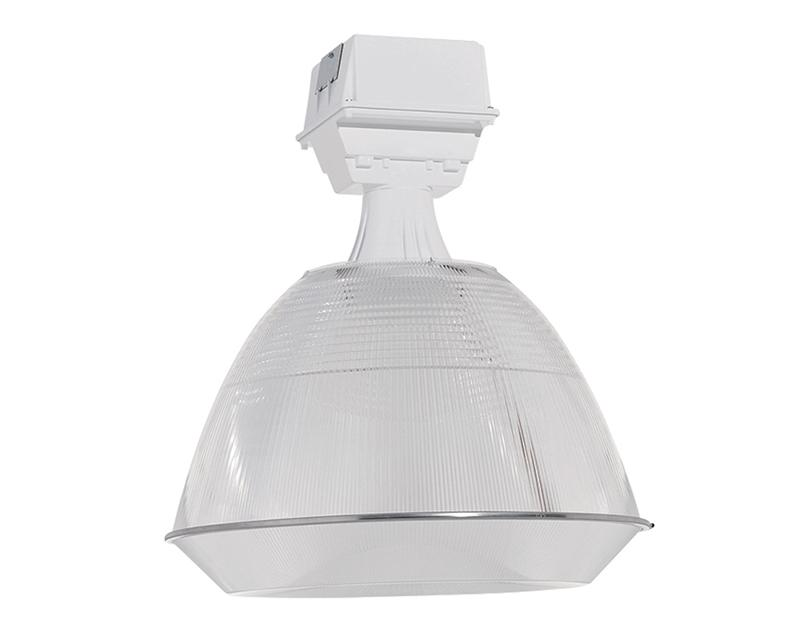

They also required a ballast in order to stabilize the light. Their drawbacks included decreased lifetime if frequently turned on and off and (like HPS) hazardous contents, including mercury, making them difficult and dangerous to throw away. Their benefits included cheaper cost, longer life and higher efficiency than other HIDs.

Fluorescent High Bay HID Lighting Fixturesįluorescent high bay HID lighting fixtures would typically utilize linear lamps which were easy to replace when old ones would reach the end of their lifespan. Their drawbacks included poor color rendering, brief warm-up times and hazardous material in the form of mercury, which made for waste disposal concerns at the end of their life. HPS lights used to be a good choice for high bay applications due to relatively high energy efficiency, cheaper start-up costs and longer life.

High-Pressure Sodium (HPS) High Bay HID Lighting Fixtures They would also begin to flicker on and off when they began to fail. Their drawbacks included higher maintenance expenses, long warm-up times and too much energy wasted as heat. They provided good color rendering, color temperature and lumen output in relation to other types of lighting. Metal halides were once the gold standard for high bay lighting. Let's run down the basics regarding the older HID technologies when used for high bay lighting applications: Metal Halide (MH) High Bay HID Lighting Fixtures In comparing HID versus LED lighting, however, modern LED lighting tends to outperform all other types in every way. There have been many advancements in lighting technology over the years and each type has its own advantages and disadvantages over the other. The nature of these materials means they last longer, and are thus more efficient throughout their use, a major point of comparison between HID and LED. Visible light is produced when a current flows through these materials. The materials that make up these diodes are typically semiconductive, meaning they will conduct electricity under the correct circumstances. What Is an LED Light?Īn LED light is a Light Emitting Diode, meaning it produces electricity through an anode and cathode. Additionally, HID light bulbs have voltage requirements, and they require more volts over time due to the slow degradation of materials, making them less efficient throughout their lifespan.
#High bay light reflector full
HID light bulbs have to warm up to their full intensity because of the changing conditions inside the bulb. The light within is produced by an electrical arc that forms between two conductors within an ionized gas. The broad term "HID" is used to describe any gas-discharge light - the traditional form lighting that probably pops into your head when you think of a light bulb.


 0 kommentar(er)
0 kommentar(er)
